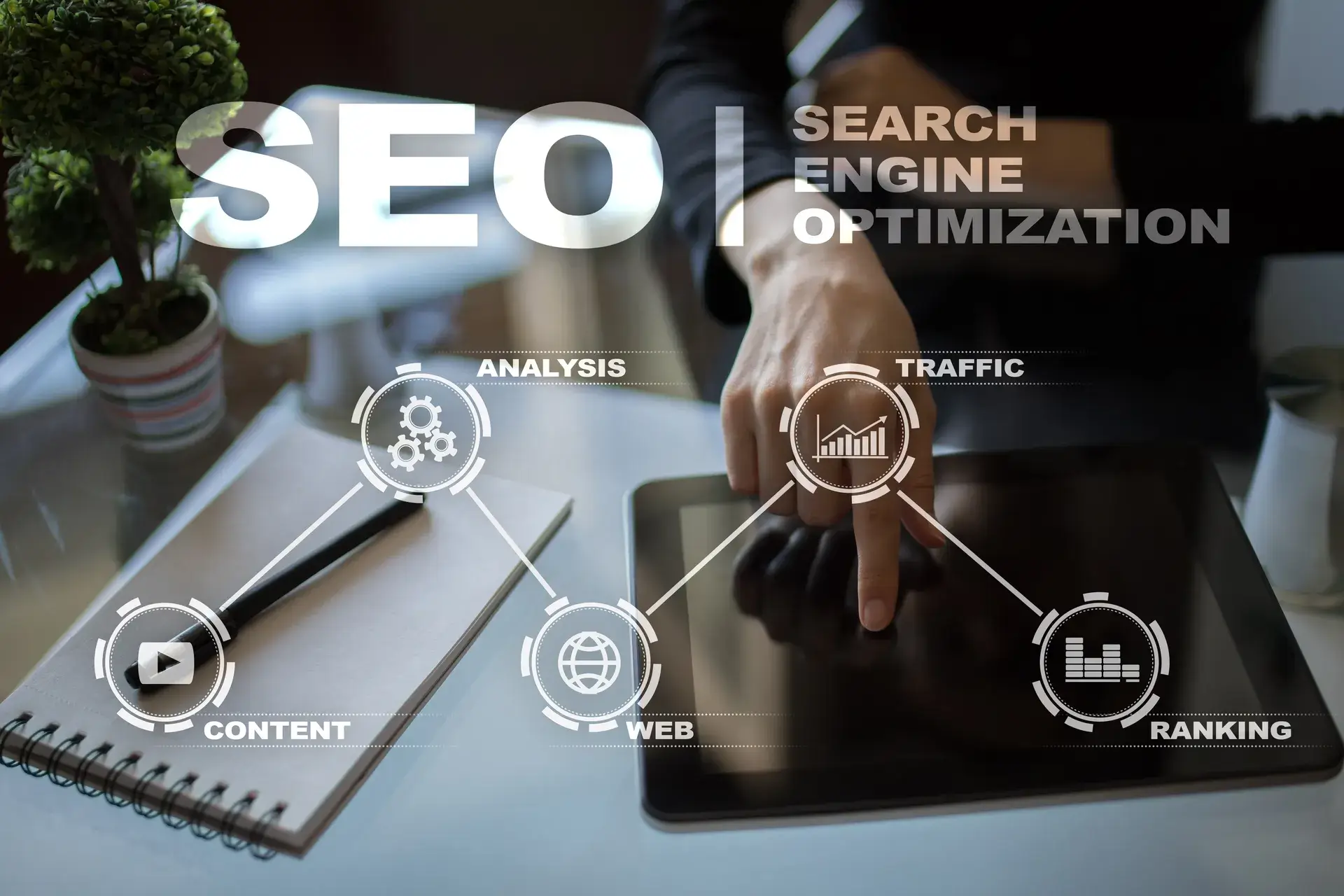On-page search engine optimisation (SEO) is essential for achieving higher search rankings and improving the visibility of your website. By optimising individual web pages, you can enhance your site's relevance and user experience, ultimately driving more organic traffic. In this guide, we'll break down the key components of on-page SEO and offer actionable tips to help you implement effective strategies.
What is On-Page SEO?
On-page SEO refers to the techniques applied directly on your website to improve its ranking in search engine results. This involves optimizing both the content and HTML source code of each page. Key elements include:
- Content quality and keyword usage
- Meta tags (title and description)
- Header tags (H1, H2, H3)
- Image optimisation
- URL structure
1. Creating High-Quality Content
Content is the cornerstone of on-page SEO. Here are some tips for creating engaging and relevant content:
- Research Keywords: Use tools like Google Keyword Planner to identify high-traffic keywords relevant to your industry.
- Focus on User Intent: Understand what your audience is searching for and tailor your content to meet their needs.
- Aim for Originality: Provide unique insights or solutions to common problems in your niche.
2. Optimising Meta Tags
Meta tags help search engines understand the content of your pages. Here's how to optimise them:
- Title Tags: Keep them under 60 characters and include primary keywords without stuffing.
- Meta Descriptions: Write compelling summaries under 160 characters, encouraging users to click through.
3. Using Header Tags Effectively
Header tags structure your content and make it more readable. Follow these tips:
- H1 Tag: Use a single H1 tag for the main title, incorporating your primary keyword.
- H2 and H3 Tags: Use these tags for subheadings to improve the hierarchy and readability of the content.
4. Image Optimisation
Images enhance user engagement but can slow down your site if not optimised. Consider the following:
- File Size: Compress images to reduce their file size, helping your page load faster.
- Alt Text: Use descriptive alt attributes for images, which improve accessibility and provide context to search engines.
5. Structuring URLs
A well-structured URL is descriptive and easy to read. Tips include:
- Keep it short and to the point.
- Include keywords where appropriate.
- Avoid using special characters or numbers that add no meaning.
Conclusion
On-page search engine optimisation is fundamental for improving your website's visibility on search engines. By creating high-quality content, optimising meta tags, utilizing header tags effectively, and enhancing images and URLs, you can significantly boost your website's performance. At Prebo Digital, we specialise in comprehensive SEO strategies to drive traffic and conversions for your business. Reach out today for personalised assistance with your on-page SEO!







